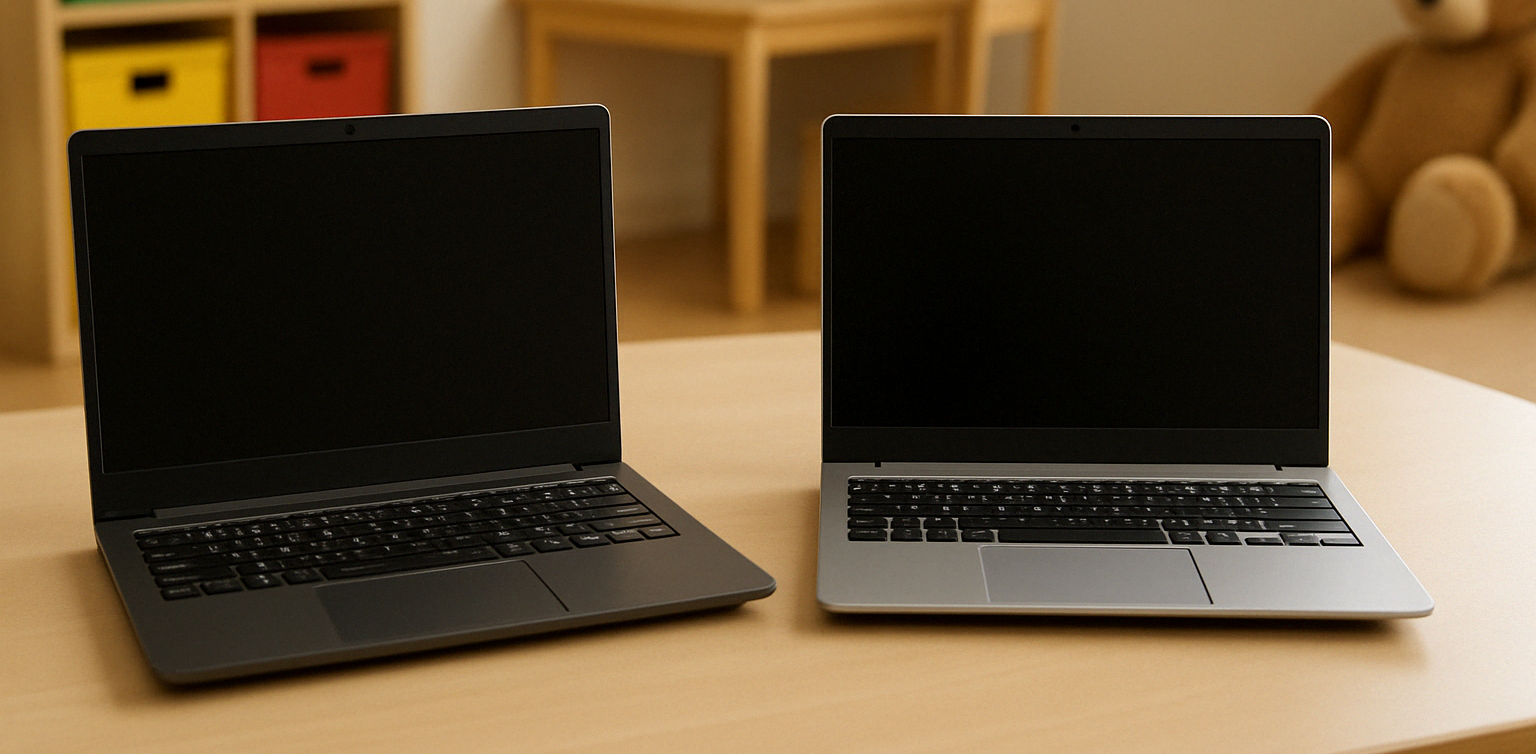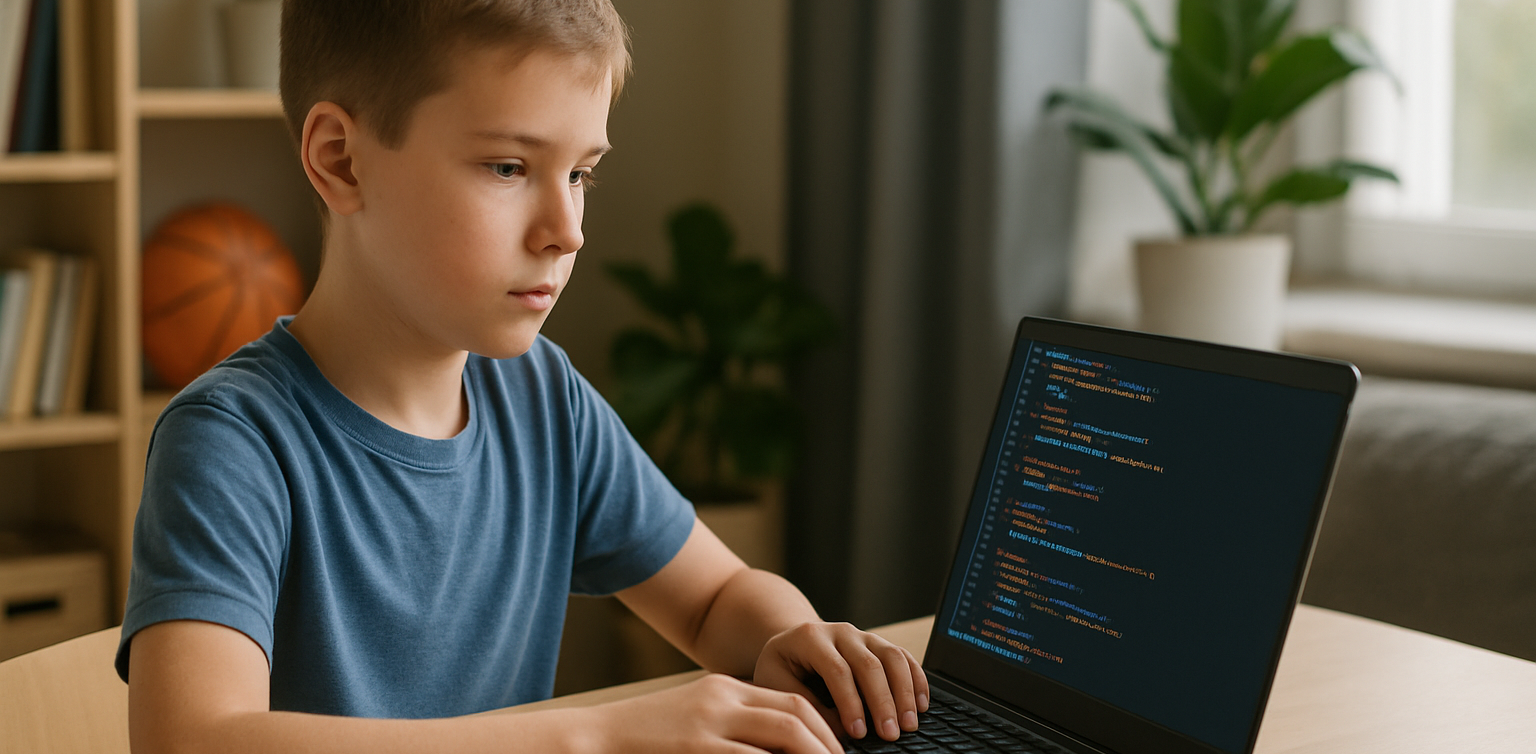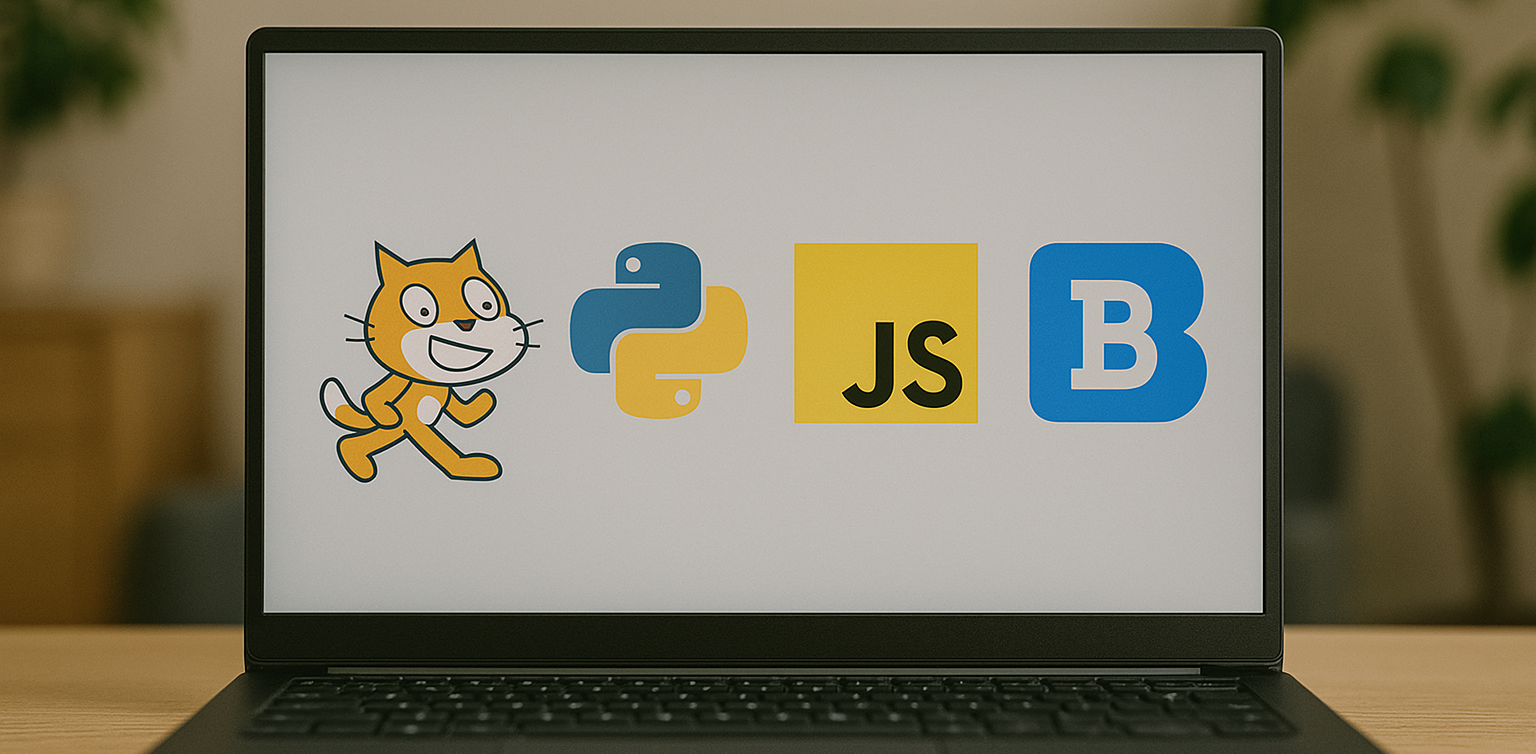The Benefits of Coding for Kids 2025: Why Start Early?
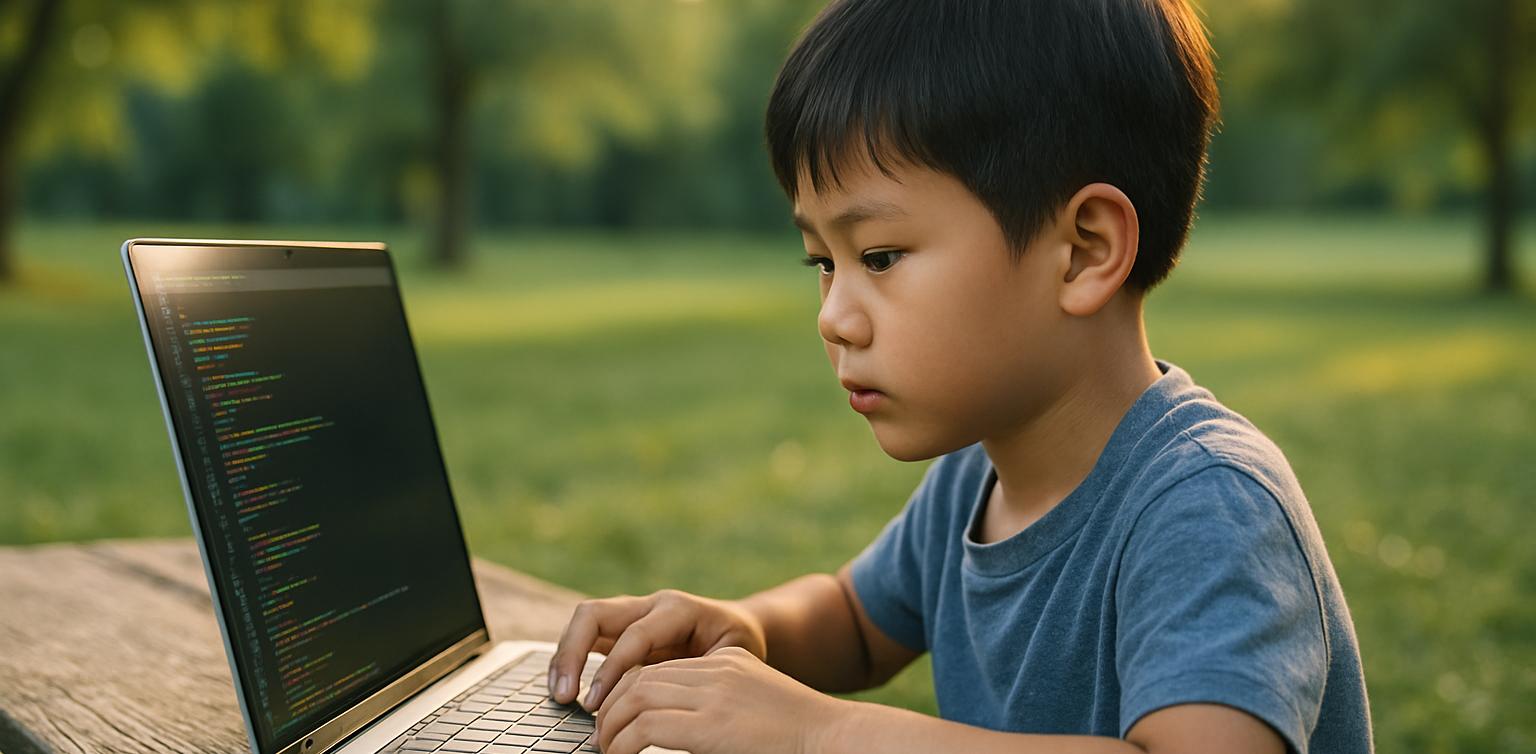
In today’s digital world, understanding technology is becoming as important as reading and writing. One of the best ways to prepare children for the future is by introducing them to coding at an early age. The Benefits of Coding for Kids go far beyond just learning how to program a computer. Coding can help children develop essential life skills that will serve them well in any career path they choose. In this article, we will explore The Benefits of Coding for Kids and why starting early makes a big difference.
1. Enhancing Problem-Solving Skills
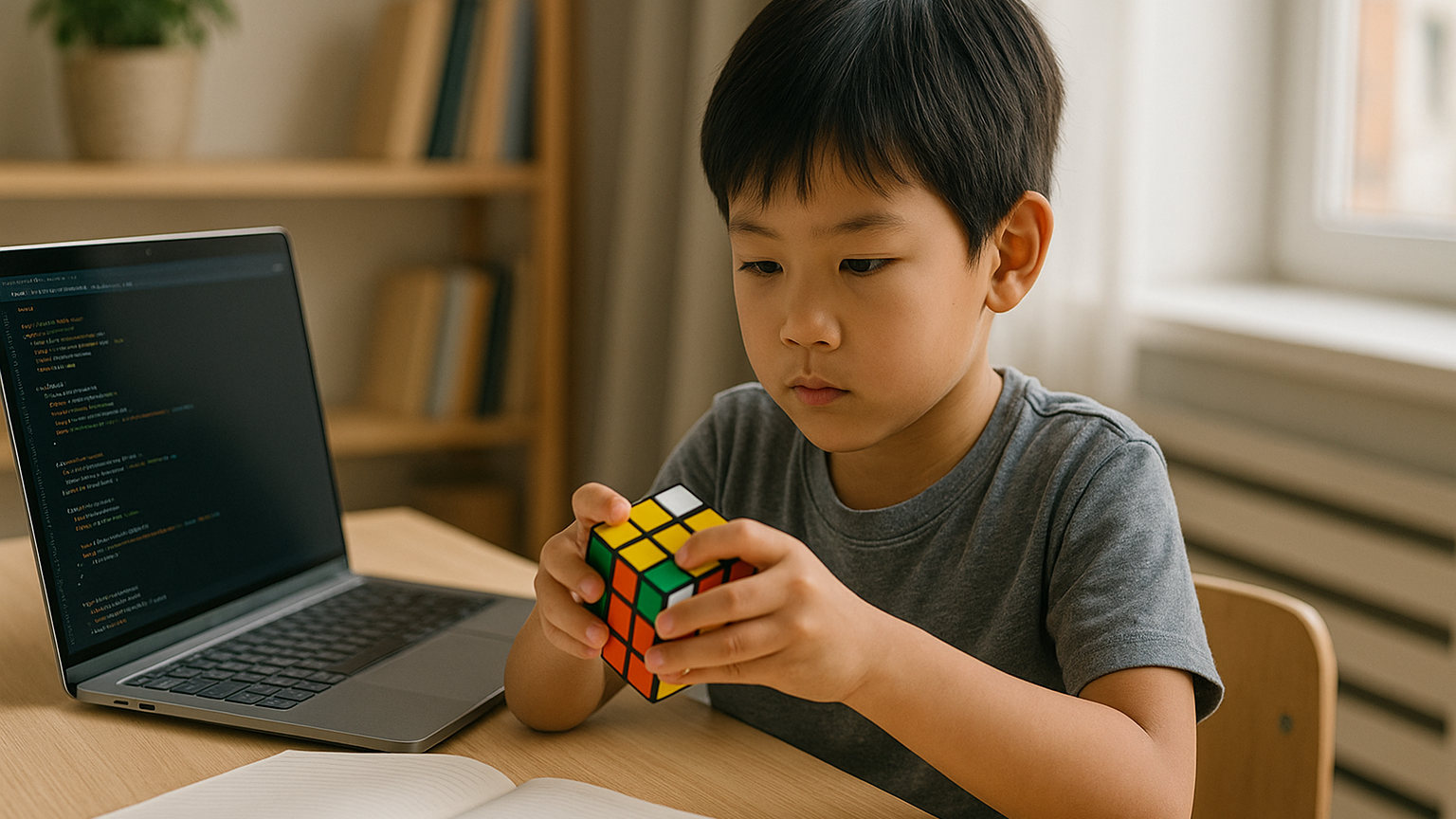
One of The Benefits of Coding for Kids is the development of strong problem-solving abilities. Coding encourages children to think critically and approach challenges with a logical mindset. When kids write code, they often encounter errors or bugs. Finding and fixing these issues teaches them how to break down problems into manageable parts and work through solutions methodically. The Benefits of Coding for Kids in this area are clear, as these problem-solving skills are useful not only in computer science but in everyday life as well.
2. Boosting Creativity and Innovation
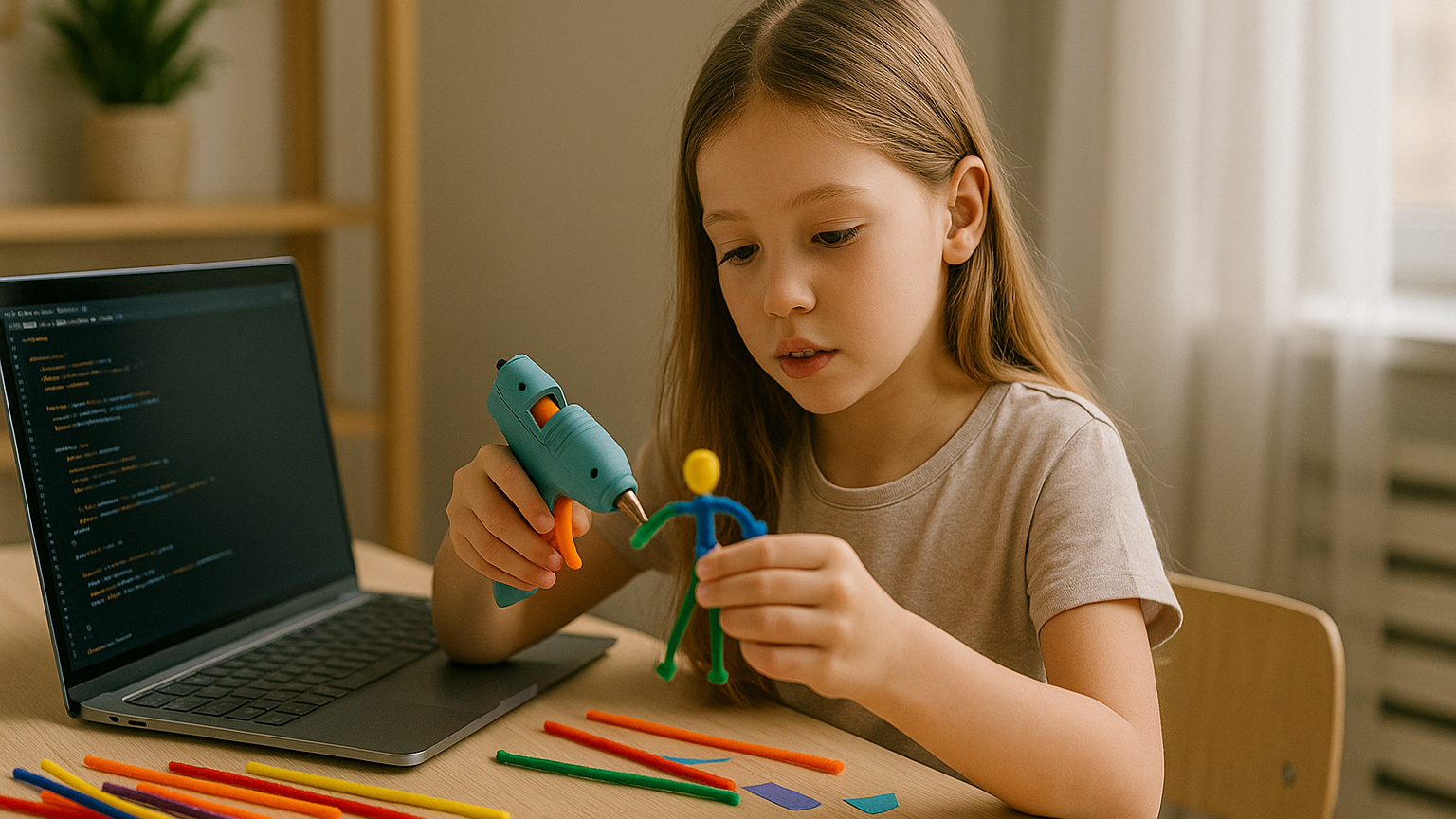
Another key aspect of The Benefits of Coding for Kids is how it nurtures creativity. Contrary to the belief that coding is purely technical, creating a new app, game, or website involves a great deal of imagination. Children can express themselves by building projects that reflect their interests and ideas. The Benefits of Coding for Kids also include encouraging them to think outside the box and come up with innovative solutions to real-world problems.
3. Building Resilience and Persistence
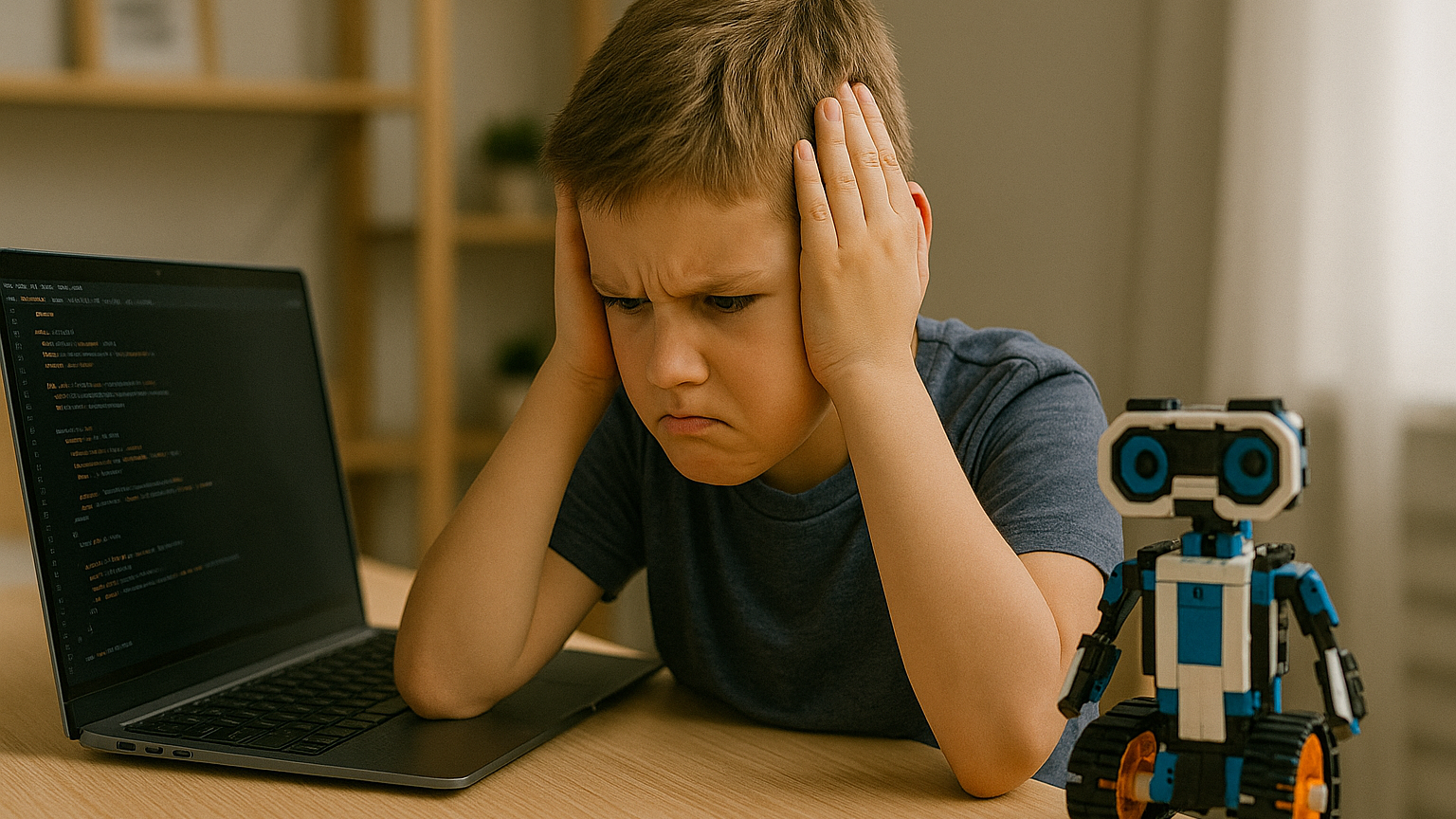
Learning to code is not always easy, and that is exactly why The Benefits of Coding for Kids include building resilience. Kids quickly learn that failure is a part of the process and that persistence is key to success. They may have to try multiple times before they get their code to work correctly. The Benefits of Coding for Kids in this area are significant because resilience and persistence are important traits that will benefit them throughout their academic and professional lives.
4. Strengthening Mathematical Skills
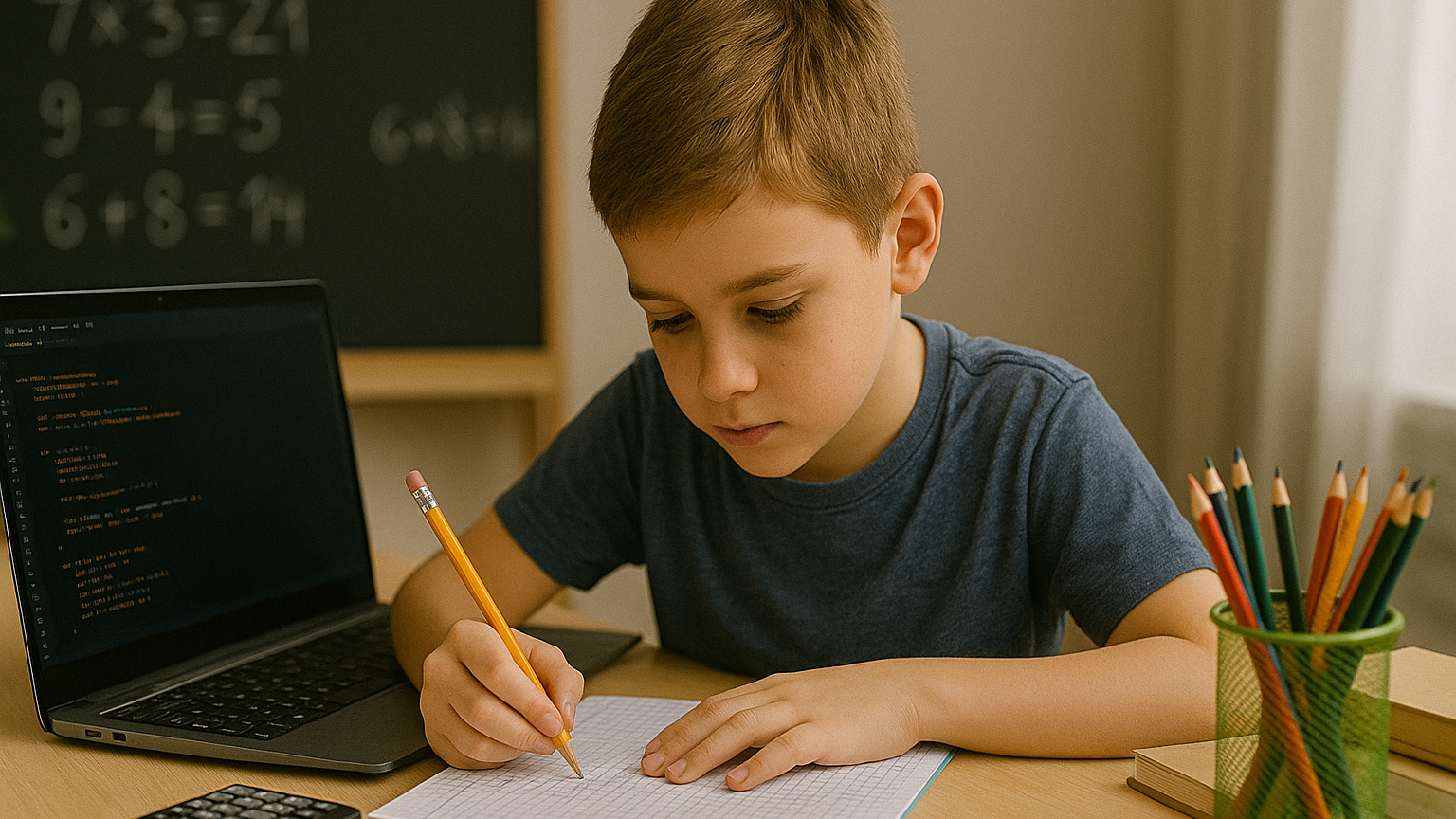
Mathematics and coding are closely related. Understanding concepts like variables, sequences, and patterns is crucial in both fields. One of The Benefits of Coding for Kids is that it helps strengthen their math skills in a practical and engaging way. Instead of seeing math as a boring subject, children realize that numbers and logic have real-world applications. The Benefits of Coding for Kids extend to making math more fun and approachable, which can improve their overall academic performance.
5. Preparing for Future Career Opportunities
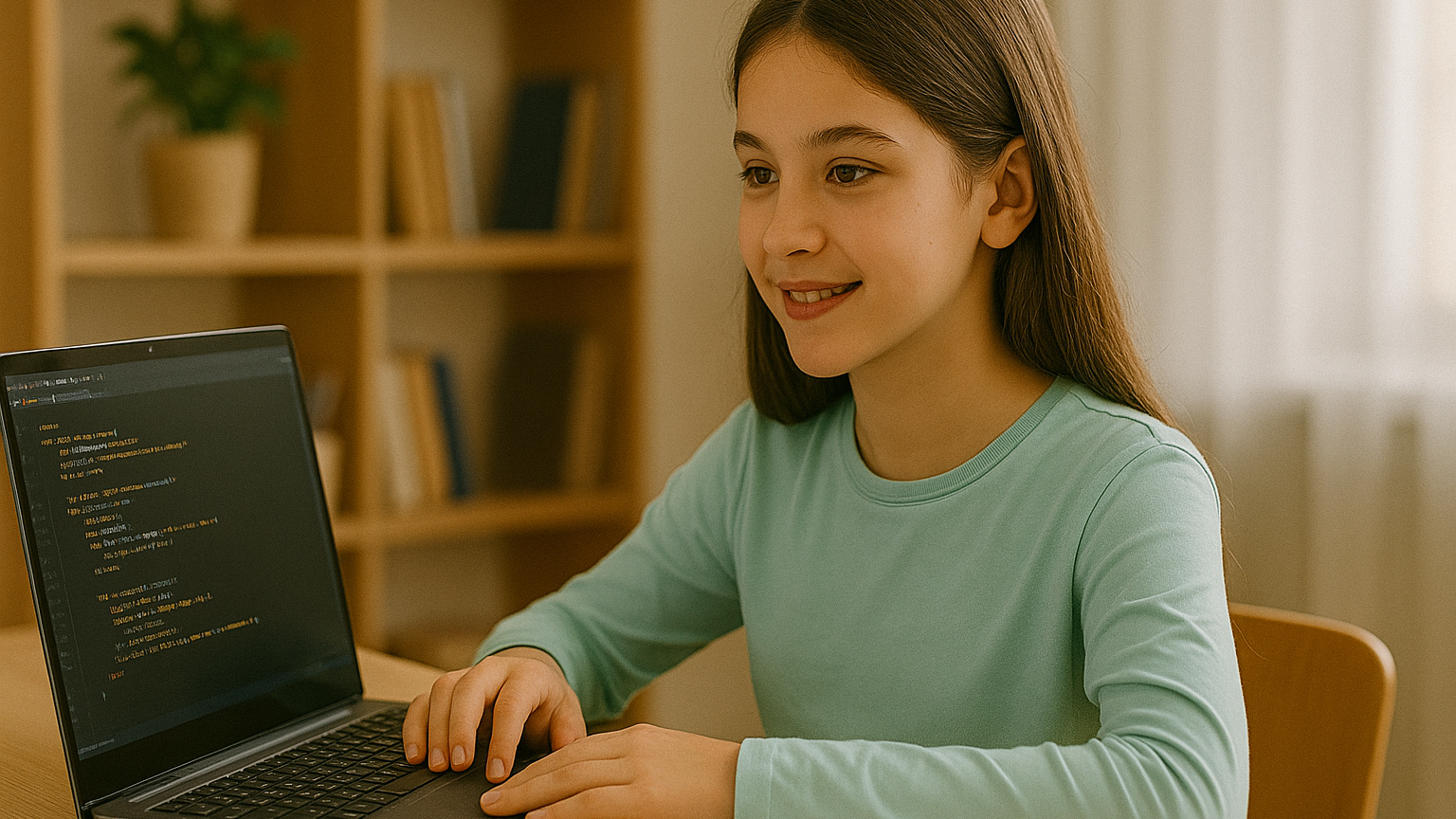
The job market is evolving rapidly, and coding skills are becoming increasingly valuable across industries. One of The Benefits of Coding for Kids is giving them a head start in a world where technology dominates many fields. Whether they choose a career in software development, medicine, finance, or the arts, understanding how technology works will be an asset. The Benefits of Coding for Kids also include opening doors to numerous opportunities, ensuring that children are not just consumers of technology but creators as well.
6. Fostering Collaboration and Communication
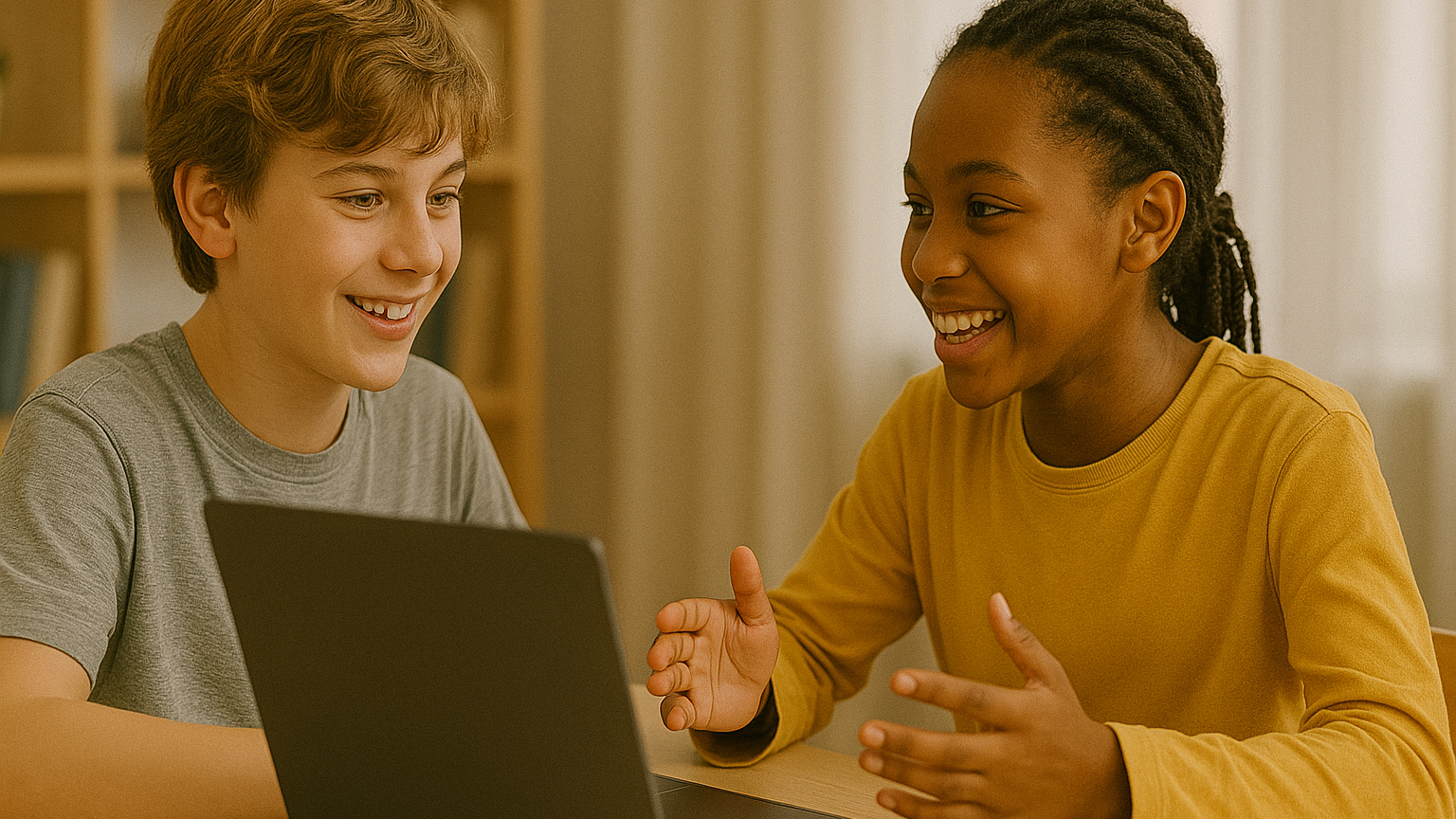
While coding may seem like a solitary activity, it often involves working in teams, especially in real-world projects. The Benefits of Coding for Kids include learning how to collaborate with others, share ideas, and communicate effectively. Group projects encourage children to listen to others’ perspectives and explain their own ideas clearly. The Benefits of Coding for Kids, therefore, reach beyond technical skills, helping children become better teammates and communicators.
7. Enhancing Logical Thinking and Analytical Skills
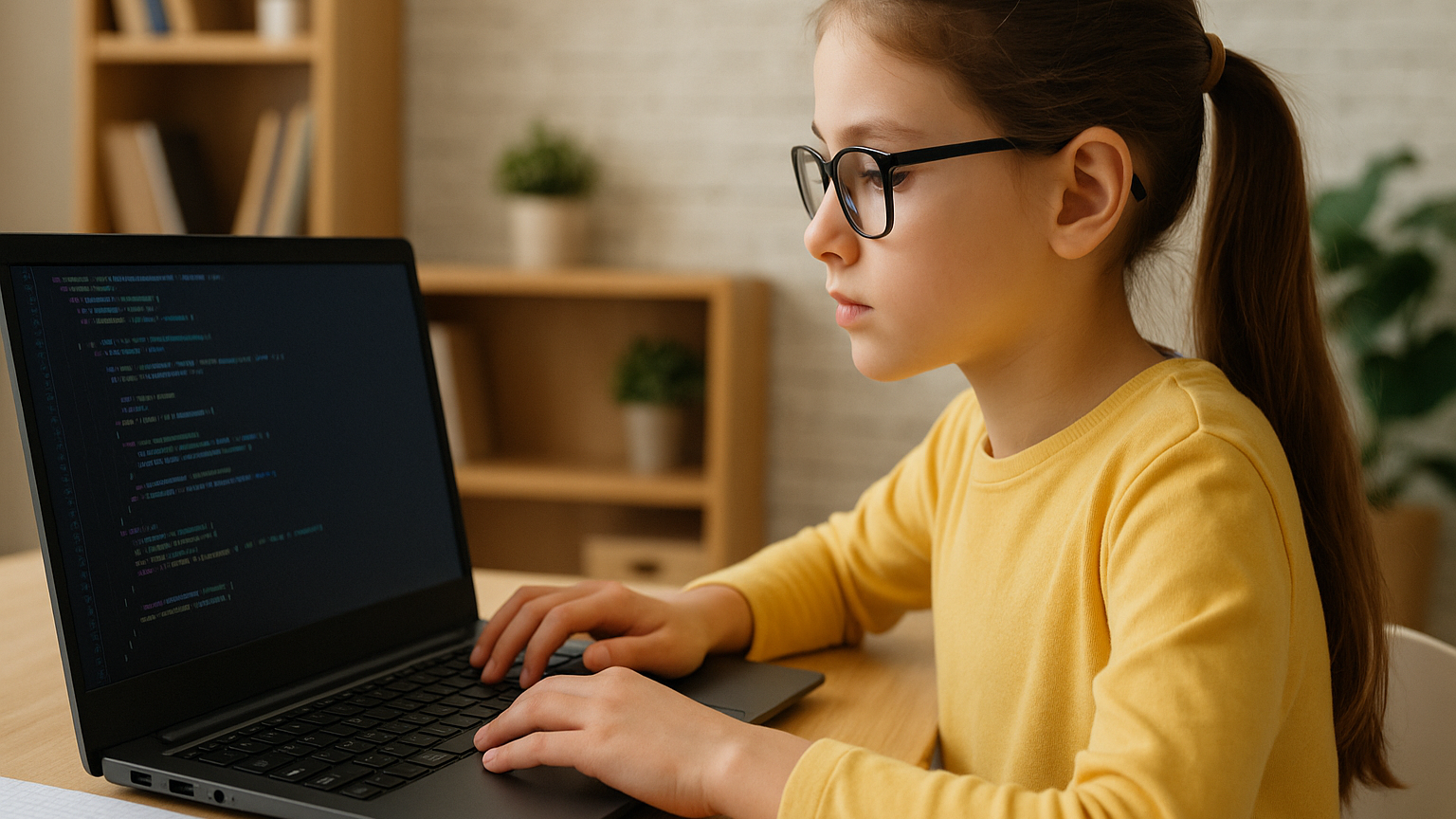
Coding requires a logical approach to solving problems. Children must think step-by-step, anticipate outcomes, and plan accordingly. The Benefits of Coding for Kids in terms of enhancing logical thinking are profound. Analytical skills developed through coding activities help children in other subjects such as science and reading comprehension. The Benefits of Coding for Kids include creating a structured way of thinking that supports academic success across multiple disciplines.
8. Encouraging Self-Confidence

Another important point when discussing The Benefits of Coding for Kids is the boost in self-confidence that coding can provide. Successfully completing a coding project, solving a difficult problem, or seeing their app or game come to life gives children a great sense of accomplishment. The Benefits of Coding for Kids also involve building their belief in their own abilities, encouraging them to tackle bigger challenges in the future with confidence.
9. Promoting Global Competitiveness

In an increasingly interconnected world, coding is a universal language. Children who learn to code are better prepared to compete on a global stage. The Benefits of Coding for Kids include preparing them to participate in a global economy where technological literacy is key. The Benefits of Coding for Kids ensure that children have the skills needed to innovate, collaborate internationally, and succeed in a tech-driven world.
How to Get Started Obtaining The Benefits of Coding for Kids
Now that we have seen The Benefits of Coding for Kids, it is important to consider how to get them started. Parents and educators can introduce coding through online platforms, coding camps, and school programs. Platforms like Timedoor Academy offer structured courses designed specifically for children, making the learning process fun and effective. Emphasizing The Benefits of Coding for Kids from the beginning helps children stay motivated and excited about their coding journey.
Many programs use visual-based coding languages like Scratch to teach beginners. These programs allow children to drag and drop code blocks, making it easy to understand basic programming concepts. As children progress, they can move on to more advanced languages like Python, JavaScript, or HTML. Understanding The Benefits of Coding for Kids early on can inspire them to pursue coding seriously and develop skills that will serve them for a lifetime.
Ready to Unlock The Benefits of Coding for Kids?
If you are looking for the best way to introduce your child to coding, Timedoor Academy is here to help. Our expert-designed courses are tailored to make learning coding fun, engaging, and effective for children of all ages. Whether your child is just starting or looking to deepen their skills, Timedoor Academy offers a supportive environment that focuses on building creativity, problem-solving, and confidence.
Discover how your child can experience The Benefits of Coding for Kids by joining our free trial class today. Let us help your child take the first step towards a bright and successful future.
